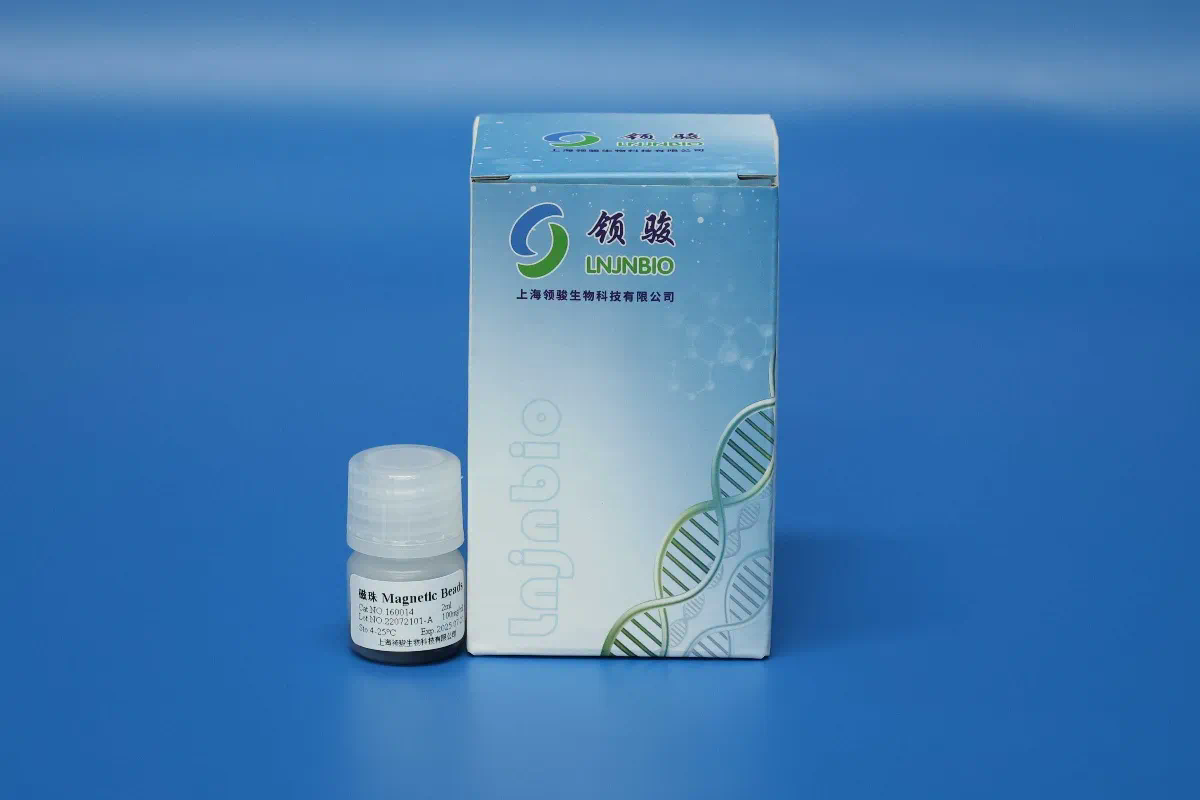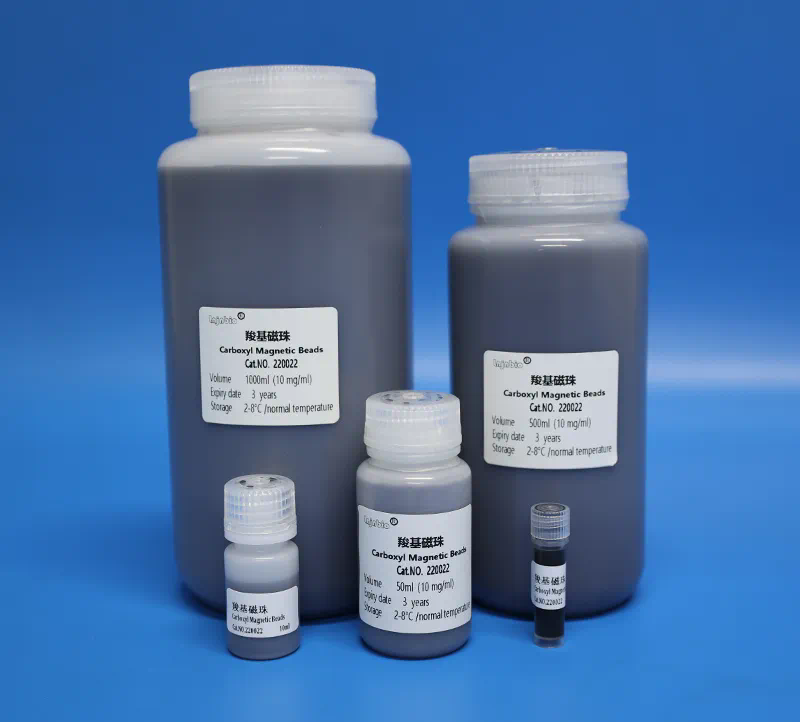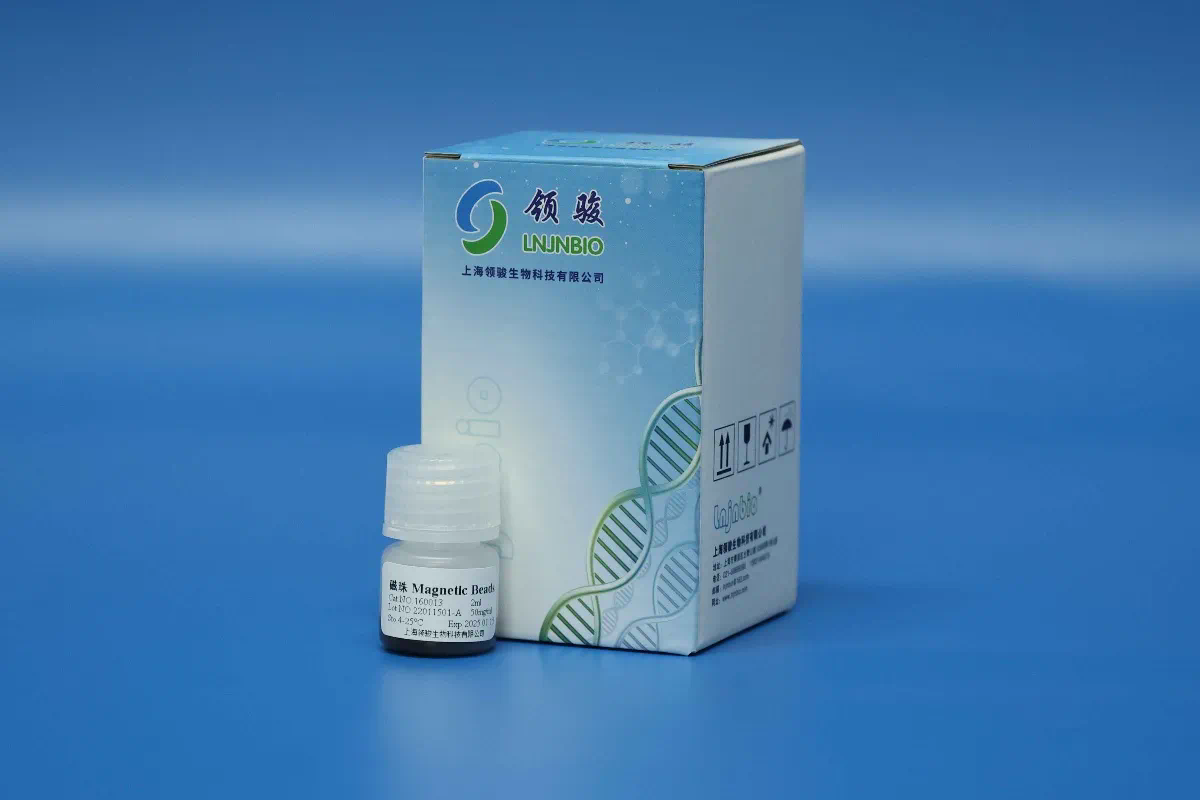Ultra-trace DNA extraction presents significant technical challenges due to the extremely low quantities of genetic material involved. This process is rna beads critical in various fields, such as forensic science, environmental monitoring, and ancient DNA studies. To ensure successful extraction and analysis of ultra-trace DNA, it is essential to understand the specific challenges that arise and the laboratory optimization strategies that can be employed to overcome these hurdles.
Understanding Ultra-Trace DNA
Ultra-trace DNA refers to the minute amounts of DNA that can be found in a sample, often at concentrations lower than 1 picogram per microliter. Sources of such DNA include degraded biological materials, environmental samples, and trace evidence from crime scenes. The extraction of this minuscule quantity requires not only highly sensitive methods but also rigorous protocols to minimize contamination and maximize yield.
Sources of Ultra-Trace DNA
Common sources of ultra-trace DNA include:
- Environmental samples (soil, water)
- Degraded biological tissues (bone, hair, saliva)
- Forensic evidence (fingerprints, touch DNA)
- Ancient remains (archaeological finds)
Each of these sources presents unique challenges regarding both the extraction process and the subsequent analysis. For example, soil samples may contain a complex mixture of organic and inorganic materials that can inhibit DNA recovery.
Technical Challenges in Ultra-Trace DNA Extraction
The extraction of ultra-trace DNA is fraught with rna beads various technical challenges that must be addressed to obtain reliable results.
Contamination Risks
One of the primary concerns when dealing with ultra-trace DNA is contamination. Even minimal amounts of extraneous DNA from the environment or laboratory personnel can skew results. This issue is particularly pronounced in forensic applications, where the integrity of the DNA evidence is paramount.
Inhibitors in Samples
Environmental samples often contain substances that can inhibit enzymatic reactions during DNA extraction and amplification. Common inhibitors include humic acids, phenolic compounds, and heavy metals. Identifying and mitigating the effects of these inhibitors is critical for obtaining high-quality DNA extracts.
Low Yield
The inherent low concentration of ultra-trace DNA often results in low yields post-extraction. This limitation poses a substantial challenge when attempting to perform downstream analyses, such as PCR amplification, sequencing, or genotyping. To overcome this, researchers must implement strategies to enhance yield without introducing contamination.

Laboratory Optimization Strategies
To address the challenges associated with ultra-trace DNA extraction, several optimization strategies can be employed.
Sample Preparation Techniques

Effective sample preparation is crucial for maximizing DNA yield. Techniques such as mechanical disruption (e.g., bead beating) can be used to lyse cells and release DNA from complex matrices. Additionally, employing specialized buffers designed to solubilize inhibitors can significantly improve extraction efficiency.
Use of Advanced Extraction Kits
Commercially available DNA extraction kits tailored for low-input samples can enhance recovery. These kits often utilize silica-based methods or magnetic bead technology, which can selectively bind DNA while removing contaminants and inhibitors more effectively than traditional phenol-chloroform extraction methods.
Optimizing PCR Conditions
Once DNA is extracted, optimizing PCR conditions is vital. This includes adjusting primer concentrations, annealing temperatures, and cycle numbers to ensure successful amplification of low quantities of DNA. Utilizing specialized high-fidelity enzymes can also improve the specificity and yield of PCR products.

Application of Technologies
Modern technologies have revolutionized the field of ultra-trace DNA extraction and analysis. Implementing these technologies can greatly enhance the reliability and sensitivity of results.
Next-Generation Sequencing (NGS)
Next-generation sequencing offers an unparalleled resolution for analyzing ultra-trace DNA. NGS allows for the sequencing of small fragments of DNA, which is particularly beneficial when working with degraded or fragmented samples. Optimizing library preparation protocols specifically for low input can further improve yields.
Digital PCR
Digital PCR is another promising technology for ultra-trace DNA analysis. This method enables absolute quantification of DNA, even at very low concentrations, by partitioning the sample into numerous individual reactions. This minimizes the effects of inhibitors and enhances detection sensitivity.
Case Studies and Applications
The practical applications of optimized ultra-trace DNA extraction techniques are vast, ranging from forensic investigations to ecological monitoring.
Forensic Investigations
In forensic science, the ability to extract and analyze ultra-trace DNA from crime scenes can provide crucial evidence for solving cases. Successful case studies highlight the importance of contamination control and the use of specialized extraction kits tailored for trace evidence, leading to successful identifications from scant samples.
Environmental Monitoring
Ultra-trace DNA extraction has also found substantial applications in environmental monitoring, particularly in biodiversity assessments. By extracting DNA from soil or water samples, researchers can identify species present in an area, monitor ecosystem health, and track changes over time. These applications underscore the importance of developing robust extraction methodologies suitable for diverse environmental matrices.
Future Directions
As research in the field of ultra-trace DNA extraction continues to evolve, several future directions can be anticipated. Innovations in extraction technologies and methodologies will likely enhance yield and reduce contamination risks further. Additionally, the integration of machine learning and AI in data analysis may lead to more efficient workflows and improved interpretation of results.
Interdisciplinary Collaboration
Collaboration among disciplines—such as molecular biology, forensic science, environmental science, and bioinformatics—will be essential for tackling complex challenges associated with ultra-trace DNA extraction. By combining expertise, researchers can develop more comprehensive solutions and methodologies, ultimately advancing the field.
Conclusion
Ultra-trace DNA extraction presents unique challenges that require meticulous attention to detail and innovative laboratory strategies. Addressing issues such as contamination, inhibitors, and low yields is vital for successful DNA recovery and analysis. By employing advanced technologies and optimizing extraction protocols, researchers can unlock the potential of ultra-trace DNA across various applications. As the field evolves, continued advancements will pave the way for more effective and reliable methodologies, ensuring that ultra-trace DNA can provide valuable insights in forensic, environmental, and archaeological contexts.
https://ortumeta.com/
